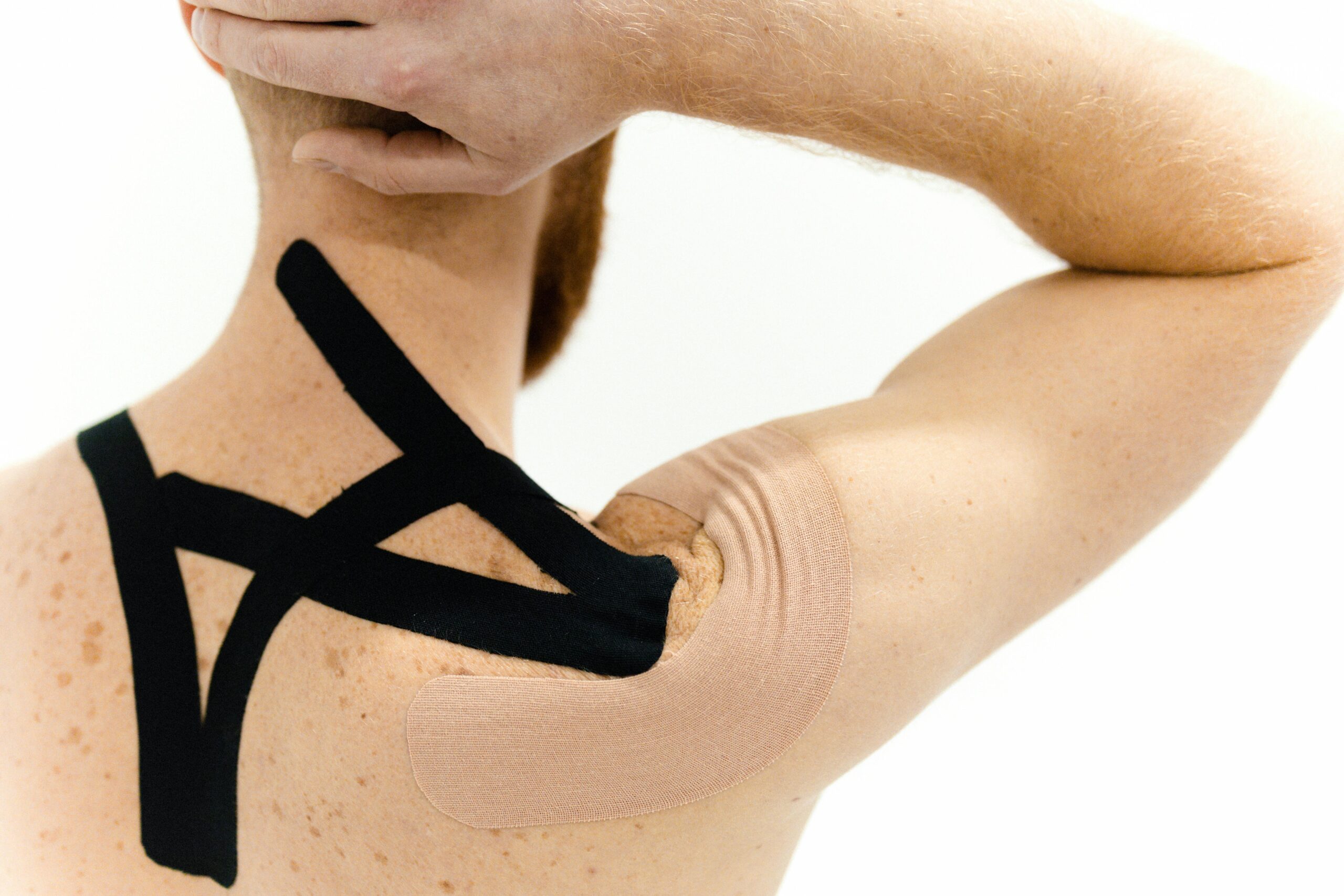Effective Exercises to Improve Your Hintere Schulter: 5 Essential Moves for 2025
Building strength in the hintere Schulter is a crucial component of a well-rounded fitness regimen, particularly for those focused on shoulder training and overall upper body development. The hintere Schulter, or rear shoulder muscles, are vital for stability and performance in various sports and physical activities. Engaging in targeted exercises not only enhances the muskulatur der Schulter but also helps in preventing shoulder injuries, improving posture, and optimizing fitness routines. This article will outline five effective exercises specifically designed to strengthen the hintere Schultermuskeln and improve shoulder mobility, integrating key concepts such as warm-up routines, shoulder blade activation, and effective training techniques.
Readers will discover practical implementations of these exercises and essential tips for maximizing results. Moreover, incorporating these five movements into your workout can lead to impressive enhancements in shoulder aesthetics and functionality, making it crucial for fitness enthusiasts and those in rehabilitation. Let’s explore how to safely and effectively improve your hintere Schulter!
Key Exercises for Strengthening Your Hintere Schulter
Understanding the Basics of Schultertraining
Before diving into specific exercises, it’s important to grasp the fundamentals of shoulder training. Proper shouldertraining involves not only targeting the hintere Schulter but also ensuring a balanced approach to the entire shoulder complex. This includes exercises designed for the front, side, and rear shoulders, which collectively enhance muscle coordination and strength. A well-thought-out fitness routine can minimize the risk of shoulder injuries and promote better shouldergelenksbeweglichkeit.
The Importance of Flexibility and Warm-Up
Incorporating a robust warm-up and mobility regimen is vital for effective workouts. Engaging in movements that improve flexibility not only prepares the muscles for the load but also increases performance during strength-based exercises. Simple shoulderdehnungs and mobilization techniques can enhance range of motion and ultimately lead to better results in your training sessions. Dynamically warming up the shoulder region should be the first step before any power or resistance training.
Exercise 1: Face Pulls with Resistance Bands
Face pulls are excellent for targeting the hintere Schultermuskeln and improving shoulder stability. Using resistance bands, attach them at chest height. Pull the bands towards your face while keeping your elbows high, squeezing your shoulder blades together at the end of the motion. This exercise not only strengthens the rear deltoids but also promotes excellent shoulder blade mobility and activation. Aim for 3 sets of 12-15 repetitions for optimal effectiveness.
Exercise 2: Bent-Over Dumbbell Flyes
This compound movement effectively works the deltoids and upper back. Stand with your feet shoulder-width apart and bend your torso slightly forward; hold a dumbbell in each hand. Raise the weights out to the side, keeping a slight bend in your elbows. Focus on squeezing the shoulder blades together at the top of the movement. This engages the back muscles and supports posture. Performing 3 sets of 10-12 repetitions will yield significant strength gains in your hintere Schulter.
Exercise 3: Seated Cable Rear Delt Fly
Seated cable rear delt flys target the similar muscle groups as bent-over flys but with maximal tension throughout the range of motion. Adjust a cable pully to chest height, sit on a bench with your feet planted on the ground, grasp the handles, and spread your arms back in a controlled manner. Perform 3 sets of 12 repetitions for enhanced muscle building and stability of the Schulterpartie.
Exercise 4: Two-Arm Dumbbell Row
This exercise not only focuses on the hintere Schulter but also helps in engaging the complete back musculature. To execute, hinge at your hips while keeping your back straight, holding dumbbells in each hand. Pull the weights towards your hips, squeezing your shoulder blades together at the top of the movement for maximum contraction. Aim for 3 sets of 10-15 repetitions focusing on controlled movements to prevent injuries.
Exercise 5: Shoulder External Rotation with Theraband
Utilizing a Theraband is ideal for reinforcing shoulder stability and flexibility. Attach the band at elbow height, keeping your elbow close to your side, rotate your forearm outward, and hold at the peak for a second. This exercise targets the rotatorenmanschette and aids in injury prevention. Perform 3 sets of 15 repetitions ensuring a slow and steady pace for effective results.
Integrating These Exercises into Your Fitness Routine
Creating a Balanced Fitness Program
Incorporating these exercises into your regular fitness program can significantly enhance your training outcomes. By integrating both strength and flexibility exercises, not only will you improve the overall stability of your shoulder joint, but you will also foster a robust musculature around your upper body, therefore optimizing your fitness capabilities as a whole.
Monitoring Progress and Adjusting Strategies
Keeping track of your training metrics is crucial for continued improvement. Utilize training logs to monitor how these exercises impact your performance and muscular development. Adjust weight, resistance, and repetitions based on your progress over time to ensure you are constantly challenging your muscles.
Common Mistakes to Avoid in Shoulder Exercises
When performing shoulder exercises, be vigilant about form and avoid common pitfalls that can lead to injuries. Ensure you’re not overextending or using excessive weight, which can compromise your shoulder joint. Additionally, neglecting an appropriate warm-up or cool-down routine can hinder the benefits of your shoulder training.
Prevention of Shoulder Injuries
Incorporating exercises that target the hintere Schulter significantly reduces the risk of shoulder injuries. By strengthening the muscles that support the shoulder joint, you enhance your overall stability, thereby preventing imbalances that lead to injuries. Always consult with a healthcare or fitness professional, especially if you’re recovering from an injury or are new to fitness endeavors.
Expert Recommendations for Optimal Results
To truly reap the benefits of your hintere Schulter training, it’s advisable to consult fitness professionals or trainers who can tailor exercises specific to your needs. They can also guide you through correct techniques and optimized training schedules, allowing your shoulders to thrive and your fitness to excel.
Conclusion
Improving your hintere Schulter through effective exercises has lasting benefits that extend beyond aesthetics. Not only does it enhance your athletic performance, but it also fosters overall shoulder health and functionality. By integrating these five exercises into your fitness routine, you can achieve a well-rounded shoulder training program that emphasizes strength, stability, and injury prevention.
For more insights on effective fitness strategies, check out the full guide [here](https://advatar.online/?p=1170) and learn more about shoulder-centered training techniques [here](https://advatar.online/?p=1165).


